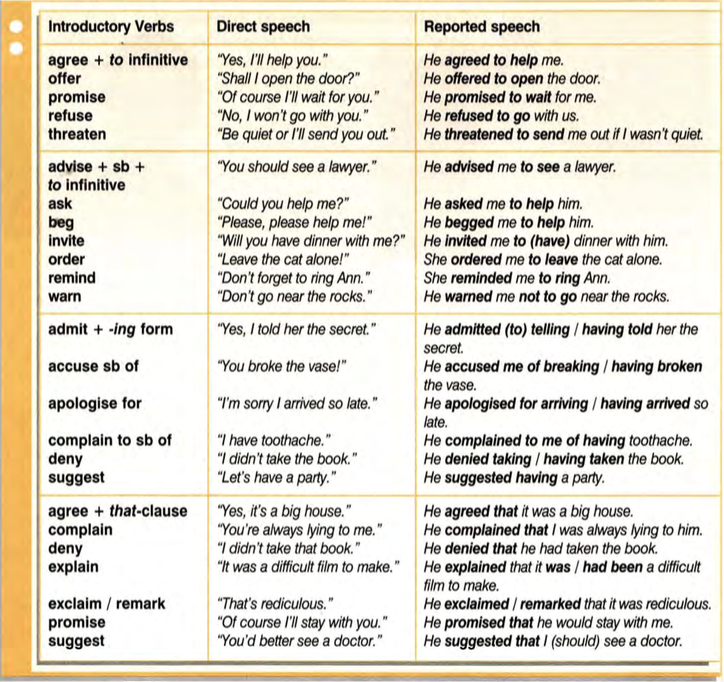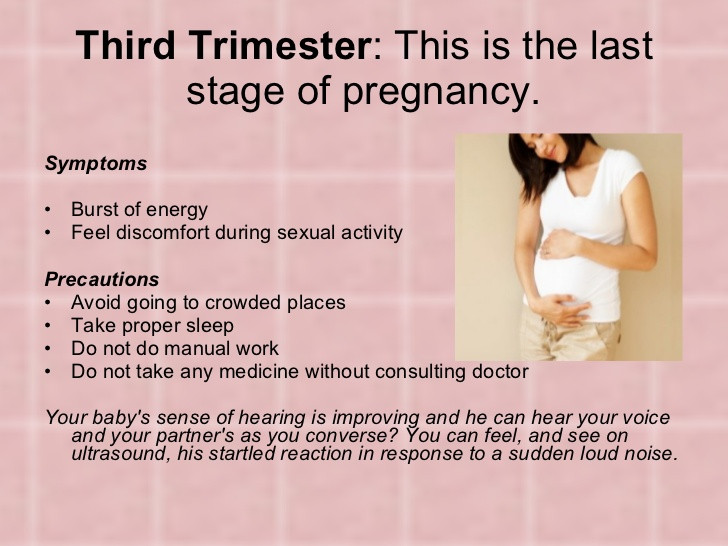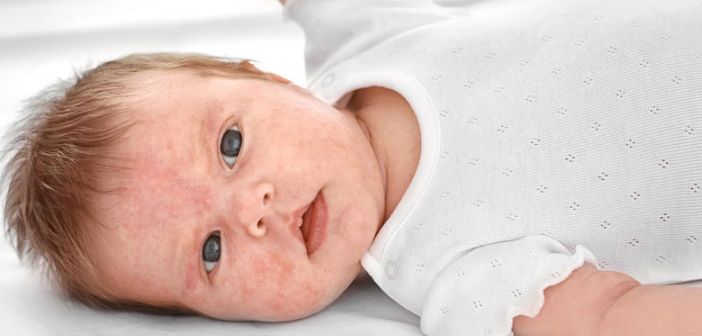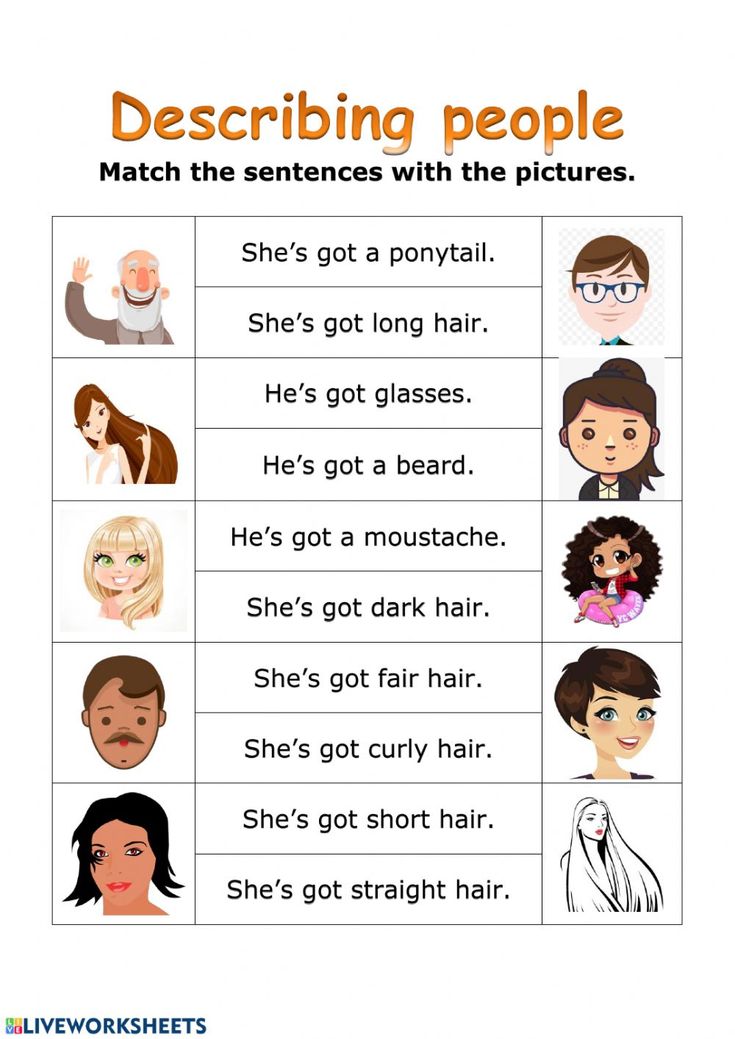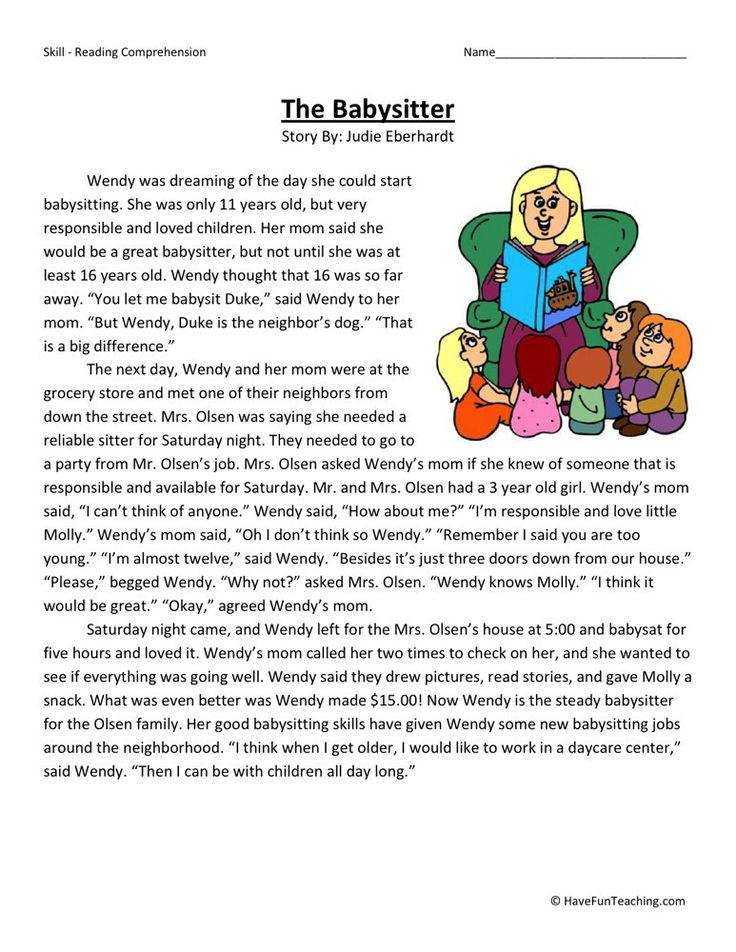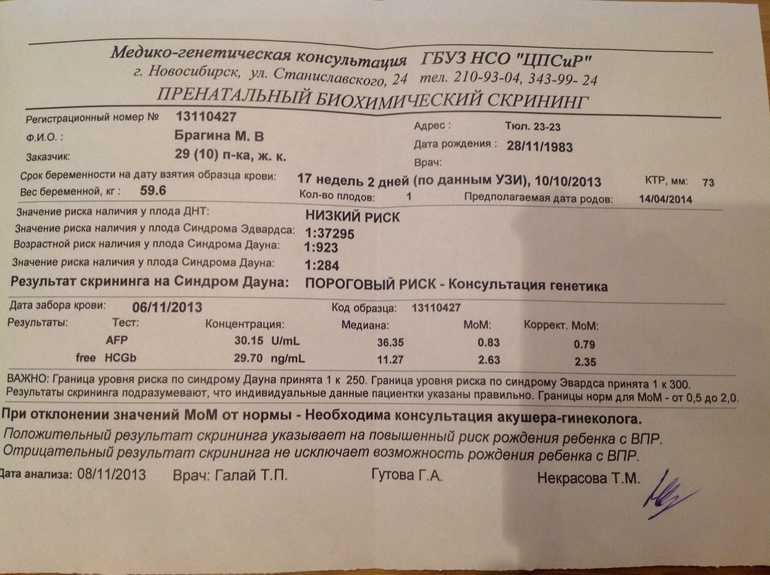What to expect from a 1 year old
Your toddler's developmental milestones at 1 year
Explainer
Everything you need to know about your growing 1-year-old
Congratulations, you officially have a toddler! Toddlers are more active, curious and expressive. At this age, your child may begin to use words, be able to stand on her/his own and take a few steps. To help your little one learn and grow, read books to your child and encourage active play.
| Test your knowledge |
| Social and emotional |
| Language and communication |
| Brain development |
| Movement and physical development |
| Food and nutrition |
| Things to look out for |
| Tips and resources |
| < Back to Parenting Milestones |
Test your knowledge
True or False?
Loading...
Social and emotional milestones at 1 year
Some of the ways you’ll see your little one learning to connect with the people around him at 1 year:
- Hands you a book when he wants to hear a story.
- Cries when his parents leave.
- Is shy around strangers.
- He’ll put out an arm or leg to help with getting dressed.
- Has favourite toys.
- Repeats sounds to get your attention.
Tips for parents
- Play social games with him like hiding something and coaxing him to find it.
- Try to get him to help with getting dressed by asking him to put his leg out, stand up, etc.
Language and communication milestones at 1 year
How your toddler is expressing her needs:
- Is using basic gestures like waving and saying basic words like “mama” and “dada.”
- Her babbles sound more like speech.
- Responds to simple requests you give.
- She will try to repeat words you say.
Tips for parents
- Encourage your toddler to say ‘hello’ and ‘goodbye.’ Praise your toddler when they do so, as this can help their socio-emotional development.

- Praise your toddler when she repeats words or tries to speak with others.
- Prompt her to point to characters and objects when you’re reading to her.
Brain development milestones at 1 year
How your child’s brain is growing:
- He is copying movements and gestures.
- Bangs objects together.
- Drinks from a cup and uses other objects correctly.
- Finds things that are hidden.
- He looks at the right object when it is named.
- Can follow simple directions and lets go of objects without help.
- He puts objects in containers and can take them out.
Tips for parents
- Give support and guidance to your toddler when he’s playing a game.
- As you notice your toddler gaining skills and being able to do some things on his own, you can progressively reduce your support but still observe and guide him.
Movement and physical development milestones at 1 year
How she’ll move through her environment:
- Can take a few steps without support.

- Gets into a sitting position without support.
- Pulls up to stand and walks while holding onto furniture.
Tips for parents
- Try placing your toddler on flat surfaces to help her develop her gross motor skills like crawling and moving her arms and legs.
Food and nutrition milestones at 1 year
What mealtimes look like at 1 year:
- Eats a greater variety of foods, such as soft-cooked vegetables and soft fruits.
- He is starting to learn how to eat on his own.
- Can thoroughly chew his food.
- He is beginning to be able to use an open cup.
Tips for parents
- Give your toddler half a cup of food four to five times a day, along with two healthy snacks.
- Continue to breastfeed if he wants to.
Things to look out for
While all children develop differently, you should speak to your paediatrician if your 1-year-old:
- Isn’t crawling.
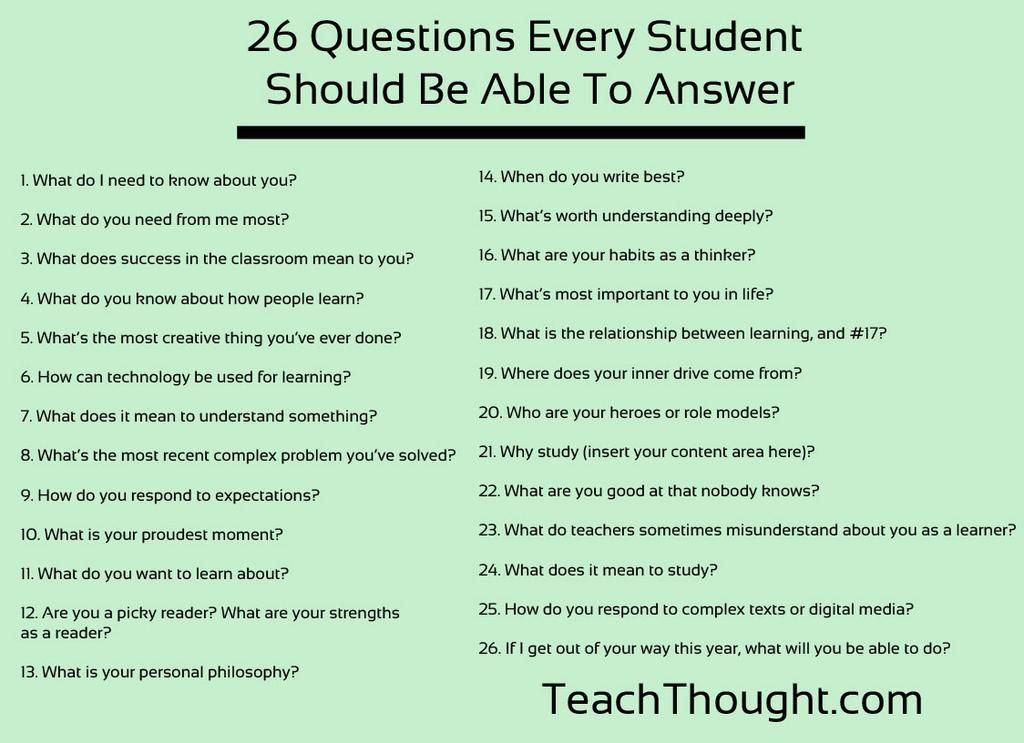
- Won't search for hidden objects.
- Is unable to stand without support.
- Doesn’t point.
- Doesn’t say simple words.
- Loses skills she once had.
Explore age groups
2 Months | 4 Months | 6 Months | 9 Months | 1 Year | 18 Months | 2 Years
< Back to Parenting Milestones
1-Year-Old Baby Developmental Milestones
Written by Stephanie Watson
In this Article
- One Year Baby Milestones: Growth
- One Year Baby Milestones: Motor Skills
- One Year Baby Milestones: Sleep
- One Year Baby Milestones: Eating
- One Year Baby Milestones: Communication
- One Year Baby Milestones: Baby’s First Shoes
- Tips for Your Baby’s 12th Month:
Your baby’s first big birthday has arrived! As you get ready for the celebration, think back on the last 12 months as a time of incredible growth and development. In just one year, your baby has transformed from a completely helpless newborn into an independent little person.
In just one year, your baby has transformed from a completely helpless newborn into an independent little person.
In this portion of WebMD’s month-by-month guide, you’ll discover what baby milestones you can expect your child to achieve now that they are 1 year old.
One Year Baby Milestones: Growth
Your baby’s weight has likely tripled since birth. At month 12, babies also have grown by 50% -- about 9 to 11 inches -- and their brain is about 60% of its adult size. After an incredible one-year growth spurt, your baby’s weight gain will start to slow down as their activity level increases.
One Year Baby Milestones: Motor Skills
Your 1-year-old should be standing alone and “cruising”-- walking while holding onto furniture. They may even have taken those first tentative solo steps. If they haven’t, hopefully you’ll have your video camera ready to capture the moment when they do.
One-year-olds are pretty good at doing a few things for themselves, such as eating with their fingers, helping their parents dress them, and turning the pages of a storybook. Your baby should be starting to use a few everyday items correctly, including a spoon, telephone, and hairbrush. Although their aim with these things might not be perfect, they certainly have the right intention.
Your baby should be starting to use a few everyday items correctly, including a spoon, telephone, and hairbrush. Although their aim with these things might not be perfect, they certainly have the right intention.
You can help them develop their hand-eye coordination by introducing songs with simple hand motions, like "Itsy Bitsy Spider," playing patty-cake, and giving a "high five."
One Year Baby Milestones: Sleep
By one year, your baby should be sleeping less during the day and more at night. Most children at this age still need an afternoon nap, but their morning nap may be a thing of the past or the naps may have fused into a longer one in the middle of the day.
One Year Baby Milestones: Eating
At one year, you can make the transition from breast milk or formula to cow’s milk. Start with whole milk. Your baby needs the extra fat for healthy brain growth and development. Don’t transition to low-fat milk -- or any other low-fat foods, for that matter -- until after your baby’s second birthday, or when your pediatrician advises it.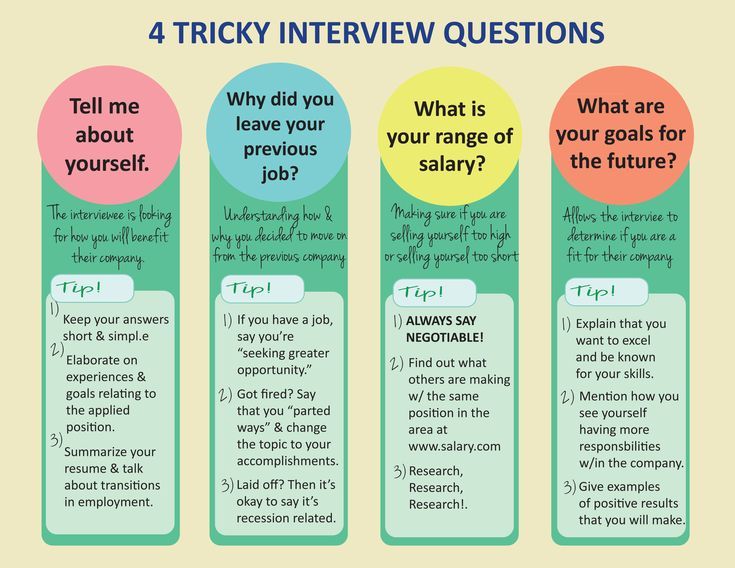
If you’ve been breastfeeding, you might decide that one year is the time to start weaning your baby. It tends to be easier on both mother and baby to wean gradually, dropping one feeding at a time. The bedtime feeding is usually the last one to go. To replace nursing, you can give your 1-year-old a cup of milk, a snack, or something to suck on.
Now that your baby is eating more table foods, be very careful about choking hazards. Avoid giving your 1-year-old whole grapes, pieces of hot dogs, popcorn, or any other foods that could get stuck in their throat. Always stay close by your baby during mealtimes. You can now give foods that contain honey. Eggs and nut butters are also acceptable.
One Year Baby Milestones: Communication
Your baby’s vocabulary is expanding quickly. You’ll probably hear a few words, like “Mama,” “Dada,” “no,” or “uh-oh” on a regular basis now. One-year-olds learn language by imitating their parents’ speech, so expect that your baby will turn into a little mimic, if they haven’t done so already. At this point, mama really refers to mama, and dada really means dada.
At this point, mama really refers to mama, and dada really means dada.
By one year, babies are becoming more social. They are starting to understand what people are saying to them, and they are using their newfound language skills to get the attention of those around them. In month 12, your baby will also start testing the limits, which can include responding to your requests with a “no” or even throwing a tantrum. Be firm and let your child know that these behaviors are not acceptable. Meanwhile, reward good behaviors with praise or a treat.
Pay close attention during play dates. Kids at this age may not realize they’re poking or squeezing too hard. Have plenty of toys available. Sharing isn’t a concept 1-year-olds understand, but you can start teaching it.
Your baby will prefer certain people to others now. You can see them becoming shy or anxious around strangers, and clinging to you when you try to leave. Both stranger and separation anxieties will pass. For now, be sympathetic to your baby’s worries. When you have to go out, make leaving as quick and painless as possible and assure your baby that you will return soon.
When you have to go out, make leaving as quick and painless as possible and assure your baby that you will return soon.
One Year Baby Milestones: Baby’s First Shoes
Now that your baby may be starting to walk, it’s time to think about buying that first pair of baby shoes. Though you might be tempted to reach for the cutest shoes on the shelf, comfort and fit are the most important priorities for your baby’s first pair of shoes. Go to a store that specializes in children’s shoes and ask a salesperson to measure your baby’s feet. Look for:
- Soft, lightweight, breathable material
- Soles with rubber grips to prevent slipping
- Enough room in the shoes for your baby’s feet to grow
You’ll probably need to go shoe shopping again in 2 or 3 months as your baby’s feet continue to grow.
Tips for Your Baby’s 12th Month:
- One-year-olds love to explore. Provide plenty of opportunities for safe exploration by filling cabinets with unbreakable Tupperware containers, wooden spoons, and whisks or by putting large, different textured items inside a box.
 Use a firm ‘no’ when something is off limits and redirect your baby's attention.
Use a firm ‘no’ when something is off limits and redirect your baby's attention. - If your child is a good climber, think about dropping the crib mattress so that they don’t get a leg-up and fall over the top of the crib railing. There should be no crib bumpers.
- At your one-year visit, check with your pediatrician to make sure your baby is up-to-date on all vaccinations.
- Make sure that the house is still baby-proofed with stairways gated, no blind cords hanging down where your baby can reach them, pots and dishes put back away from counter edges, and household cleaners out of reach. Keep bathroom doors and bedroom doors closed.
- Make sure your baby is in a rear-facing car seat. When your child reaches the recommended weight/height, they can sit in a front-facing car seat.
- The American Academy of Pediatrics recommends no ”screen time” at all for children under the age of 18 months, apart from video chatting with relatives. Studies have shown that TV at this age can negatively affect a child's language development, reading skills, and even contribute to problems with sleep and attention.

Child development calendar: 1 year
home
Parents
How to raise a child?
Child development calendar: 1 year
- Tags:
- Expert advice
- 0-1 year
Until the age of 12 months, the child is in close emotional connection with his mother and perceives himself as part of her. And in a year he becomes more autonomous, his personality begins to take shape. During this period, the child experiences the first internal conflict: on the one hand, he is used to the fact that his mother is always with him and fulfills all his desires, but at the same time he wants independence. When something doesn’t work out for him, he can start to act up, cry and get angry. Parents need to support the baby in his development, correctly correcting his behavior.
What can a child at 1 year old do?
One year old baby is able to:
- pronounce easy words and imitate sounds by himself;
- walk without support;
- bite and chew solid food;
- assemble a pyramid, build several figures from cubes;
- make cakes, roll sausages from plastic material;
- comment on what you are doing;
- to use a cup and spoon.

A one-year-old child has clearly defined interests, likes and dislikes. He behaves differently with different people and shows independence in choice and action, and also actively expresses emotions, including negative ones.
Development of a child at 1 year: 7 principles
I am a parent offers young mothers and fathers seven simple tips to ensure that your baby develops quickly and easily overcomes the "threshold of one year".
1. Encourage familiarity with the world around you
At the age of one, the peak of the cognitive activity of the baby falls, so parents should encourage the desire of the crumbs to get acquainted with the outside world. Very often, children at this age are not at all interested in toys, but show interest in household items that adults use. So if your child is enthusiastically twirling the lid of a pot in his hands or trying to open the door of a washing machine, it is worth giving him the opportunity to explore a new object and try it “in action”! Of course, this does not apply to sockets and other dangerous items for the health of the baby.
2. Respect independent choice
Let the baby try, without your help, to choose toys that he wants to take with him for a walk, put on a shoe or hat, decide what kind of porridge he will eat for breakfast. Such simple actions will let the child understand that you respect his independence and reckon with his opinion. If the baby does not succeed in some action, and he begins to act up and cry, you should not do everything instead of him: help him with advice. If the child cannot assemble a pyramid from rings of different diameters in any way, lay out the rings in front of him in the right order, but let the child try to assemble the pyramid itself.
3. Develop physically together
Closer to 12 months, the child actively crawls, can crawl under obstacles, boldly climbs an inclined surface, easily climbs onto a chair or sofa, can stand without adult support and takes his first independent steps.
One year old, you can already start doing the first exercises: children try to imitate the movements of adults. Repeating the simplest exercises after mom and dad will bring the baby a lot of fun and exciting minutes, and young mothers can combine business with pleasure - “throw off” a couple of kilograms!
4. Learn to use cutlery
A one year old baby is able to use cutlery at the table. Some children at the age of one year already know how to prick small pieces of food on a fork.
5. Learn new words and counting
By the age of one, a child can already say a few words. Most often, these are imitating, lightweight words, consisting of simple repeating sounds: ba-ba, ma-ma, etc.
Children of this age distinguish between the names of close people and the names of certain objects. They willingly fulfill the requests of adults to show them a ball, a cube, a chair or a teddy bear. The child always looks in the direction of the person who was called by name, or the subject that is being spoken about. Therefore, if you call out loud new objects that fall into the field of view of the baby, your baby will quickly learn new words and learn to associate them with certain objects.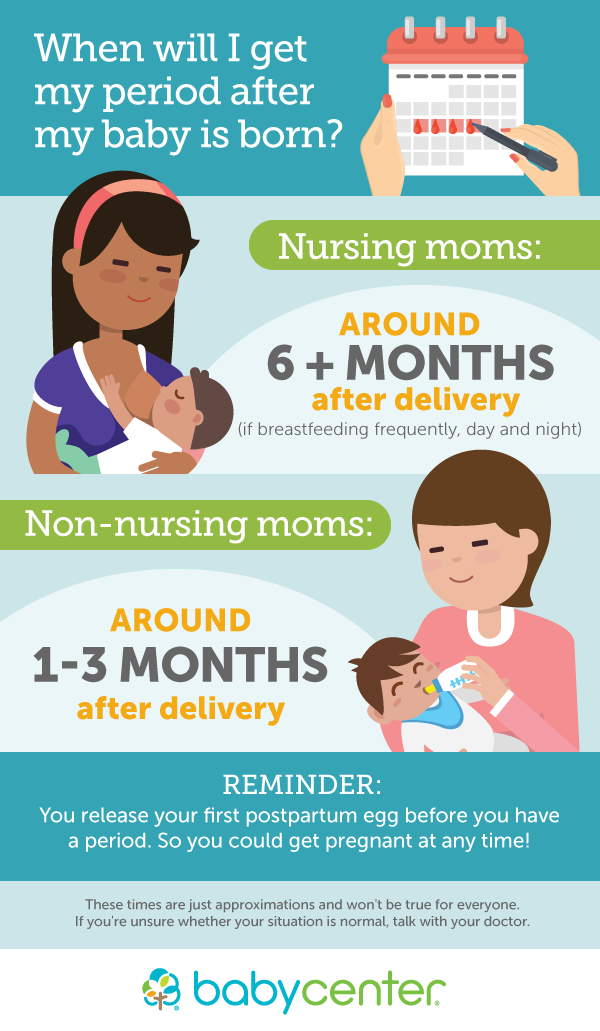
It is impossible to teach a one-year-old child to count, but a baby at this age can quite remember the meaning of the word “two”. Lay out pairs in front of the baby - socks, gloves, identical balls and say "two". Very soon the child will understand what is at stake, and imitating you, he will connect things in pairs.
6. Don't distract him from his studies
A baby understands the meaning of the words “possible” and “impossible” at the age of one, and when he is not allowed to do something, he will show his displeasure in every way.
One should not force a one-year-old child to do what he does not want to do. Do not offer the baby to take pencils and draw if he enthusiastically rolls a ball on the floor or builds a pyramid of cubes. Remember that children at this age prefer to be independent, so attempts to force them into unwanted actions will only cause negative emotions and whims.
7. Be patient
Child psychologists note that at the age of one, children begin to enthusiastically observe the people around them and strive to imitate their behavior. They already understand that they need to communicate with different people in different ways, and actively use this in their habits. The child behaves much more restrained in the presence of strangers, but alone with mom or dad he allows himself to be capricious much more often. This behavior is explained by the fact that the baby tests the parents “for strength”: is the mother ready to love him, regardless of how he behaves?
The most important thing for a small child is the love of loved ones, and first of all, mothers. No matter how capricious the baby is, explain to him: you don’t like him, but his behavior at this moment. And then you will be surprised to find that the crisis of one year has happily passed you.
What kind of mother are you? Find out by taking the test:
TEST
Victoria Kotlyarova
Raising a baby from 1 to 3 years old is one of the most important tasks of parents | Mamovediya
At what age should you start raising a child?
To date, the need to educate a child from the first months of his life has been confirmed by numerous scientific data.
Essential factors in education are such factors as a gradual increase in periods of wakefulness, reflecting the working capacity of the child's brain, the early development of his analyzers (hearing, vision, etc.), as well as the development of speech.
And if you do not engage in raising a baby from the first months of his life, you can miss a lot. There is not a single day to be wasted in carrying out the process of education.
Psychologists believe that half of a person's mental development occurs at the age of the first 3-4 years of life.
If there is no upbringing during this period, then either a delay in the development of the brain or the formation of undesirable habits that create a picture of the child's negative behavior are inevitable.
It is impossible to give any ready-made recipes for raising a child, since much here depends on the individual (typological) characteristics of children, the environment, the child's past experience, the habits that he developed earlier, his state of health.
However, there are a number of general pedagogical rules that parents need to follow. Let's consider some of them.
The child must be treated evenly and calmly.
The mood of parents is easily transmitted to children. The loud, angry cry of the child by the father or mother quickly excites him - tears appear, the baby begins to act up.
Sudden movements, "twitching" of the child when dressing, washing or putting to bed lead to the fact that he refuses to carry out instructions from adults, becomes irritable.
That is why parents in any situation must maintain an even and calm attitude towards the child, avoid "emotional breakdowns", irritable tone, etc.
Unity of upbringing .
You have already gained some experience in raising a child. You know how to feed him, how to put him to bed, how to calm him down, entertain him, etc.
A child adapts to the environment more easily if parents use the usual ways of treating him.
Any change in familiar upbringing techniques or the application of new rules that are still obscure to the child violates his habits and causes unbalanced behavior.
For example, a child is used to going to bed in a pram outside. Try to put him at the same time at home, in bed - you will experience certain difficulties.
Changes in the method of education can be made only in accordance with the age of the child, when it is necessary to make new demands: eat independently, undress independently, etc.
In this case, changes in educational methods will not cause undesirable shifts in behavior, since they are made on the basis of the acquired, new skills of the child.
The concept of "unity of education", in addition to the unity of the methodology of pedagogical methods, also includes the unity of approach to the child on the part of all adults involved in his upbringing.
Mom and dad, grandmother, etc. must have complete coordination in their approach to the child, the presentation of certain requirements.
Only such a unity of adult family members in their views on the upbringing of a child can ensure the formation of stable positive skills and balanced behavior.
If mom forbids “touching the clock”, and dad allows “take it, play, son!”, then in this case the baby will never develop a clear perception of such an important concept as “it is possible” – “it is impossible”.
With such a system of incorrect upbringing, the child will quickly understand: it is possible to behave in the same situation in different ways - it only matters who is present at the same time, father or mother?
Neglect of the upbringing of restraining concepts forms such traits in the child's character as stubbornness, negativism, irritability.
Parents should be well aware of what this playful substitution of "can't" for "can" can entail.
So, unified tactics in education, complete coordination in the actions of all family members is an important pedagogical requirement. Remember that your child at this age is more sensitive, quick-witted and smart than some parents sometimes think.
Your request is law .
There is one more "magic" word that is very necessary in the process of education - "must".
The correct, adequate reaction of the child to the word "must" is developed only when the parents already at this age teach the child to fulfill their requests or demands.
It is very important that your request be justified and match the child's desire or need. For example, you say: “I need to sleep” when putting the baby to bed at the appointed time for him, or “let's go for a walk” when it really is time for a walk.
In addition to this condition, in order to develop the desired reaction of the child to the word “must”, the requirements of adults must be feasible for him.
Unbearable for children of early age (1-3 years) are such demands of parents as to sit quietly or wait for something for a long time.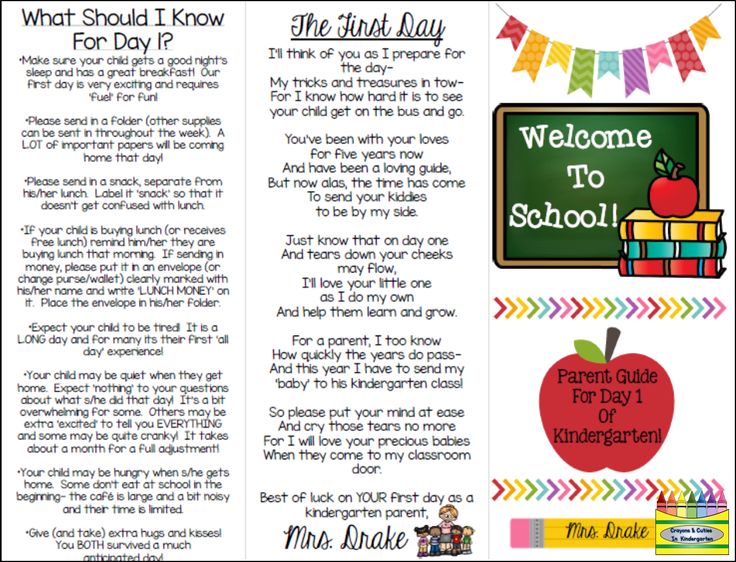
A child at this age cannot yet be immobile. The ability to “wait”, “sit”, etc., must be exercised gradually. It will form at an older age, after three years.
Next, every time you need to make sure that the child fulfills your instructions. And if every suggestion of yours to do something the child will meet with its obligatory implementation, he will form the habit of correctly behaving in accordance with one or another request from adults. But this is nothing but obedience .
How nice to hear such a characterization “what an obedient child!” With such a child, it is easy for parents and caregivers.
Development of independence.
If a baby reaches for an object that has attracted his attention, interested him (for example, a toy), and, finally, takes out this object himself, without the help of adults, he rejoices, feels satisfaction from “his own independent actions.
Such actions of the child should be encouraged (“well done, that he got himself”), this will further strengthen his craving for independence.
It also happens that a baby in a similar situation honks - "I can't", "no way" and asks adults to help "give-give-give". And yet, do not rush to his rescue, but try to induce him to independent actions with words. “You are already big, get it yourself, try it.”
Try to get the child to do for himself what he could not do. At the initial stage, you can quietly help him bring the matter to a positive result in order to consolidate confidence in his abilities.
In this way you form in the child the need for independent action, the ability to overcome difficulties.
Can you be a role model?
Usually, at the age of 2-3 years, children tend to imitate the actions of adults: kids in the game imitate the actions of their mother, father, grandmother, doctor, etc. They “feed” and “treat” dolls, “cook” dinner, “ read books.
It's nice to see if a child's imitative actions consist of following positive rules. And if not? Who is to blame? Of course adults.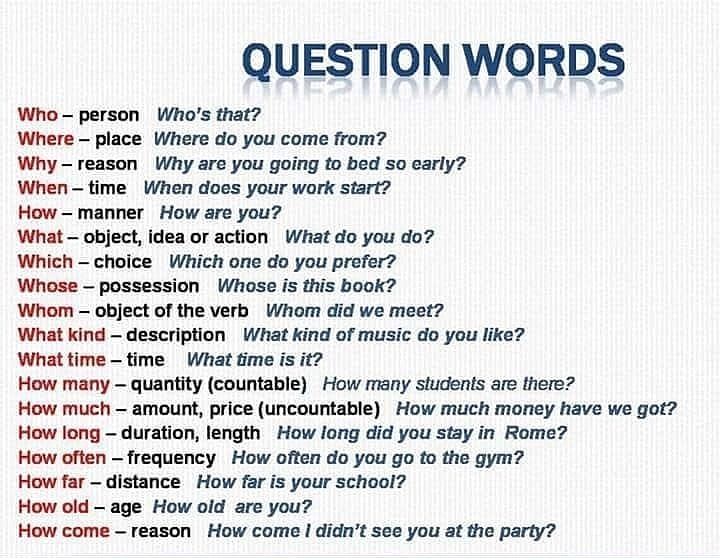 He saw it in their behavior, and then reproduced the negative.
He saw it in their behavior, and then reproduced the negative.
The ability of a child to imitate is very useful for correct upbringing, since on its basis the necessary skills and habits are mainly taught.
By imitating the actions of adults, the child learns many things - to eat neatly, fold his clothes, put away his shoes, collect toys. And in the future, children receive many hygiene skills, manners of cultural behavior, looking at similar actions of elders.
Parents should always remember that their behavior is constantly watched by attentive children's eyes, and behave accordingly. It is also necessary to draw the child's attention to all the positive actions that take place before his eyes. It is desirable to accompany educational influences with verbal explanations and persistently develop positive forms of the child's response actions.
Voice unit.
Parents should know that it is easier to get a child to perform some action if you first tell him about it, that is, create a preliminary setting, a positive attitude to perform this action.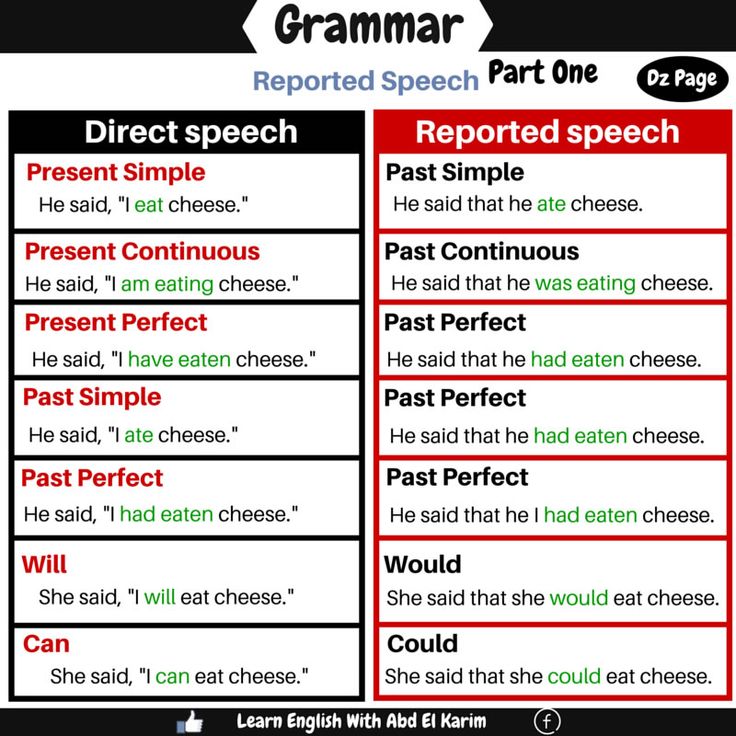
For example, “We're going for a walk now, but first we need to get dressed” — and the child will willingly put on clothes. Or “Now we will have lunch, but first we need to wash our hands.”
Such phrases of adults warn the child's whims. He understands that this “difficult” (dressing, washing hands, etc.) is done in order for the “pleasant” to come later (a walk, delicious food, etc.).
These words create, as it were, readiness for this or that action and arouse in the child a desire to cope with it.
The most common mistakes in parenting.
These include frequent, unmotivated bans, "failure of the installation", lack of stability in the daily routine. These provisions are physiologically substantiated, as they are determined by the psychophysiological characteristics of the child's organism.
Why are frequent bans harmful? Twitching, all kinds of "impossible" cause a braking state in the child. The age-related properties of its nervous system are such that they cannot provide long-term immobility.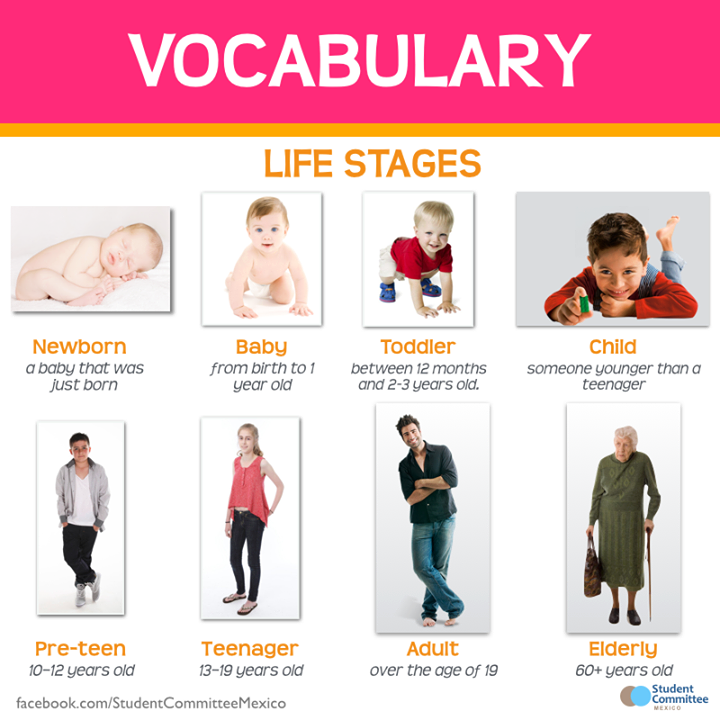
This leads to overstrain and exhaustion of the baby's nervous system: he gets excited, screams, cries, stamps his feet, falls on the floor, etc.
Another subtlety.
When you forbid something to a child, you say “don't do it”, “don't touch it”, “don't pull it”, i.e. different words with the negative particle “don't”. However, due to the peculiarities of the child's perception of adult speech - after all, the baby has only just learned to understand it - he does not always catch this short particle “not” and often hears “do”, “touch”, “pull”, etc.
You will do wrong if you allow your child everything, or, conversely, forbid it.
The child must know the clear boundary between "possible" and "impossible" .
But there should be few prohibitions at this age. It is advisable to organize the place of wakefulness of the child in such a way that in his environment there is as much as possible permitted than prohibited.
What is a "installation failure"? Imagine the following situation: a girl is playing with a doll with concentration, wrapping her in a blanket. And mother has no time, she is in a hurry and demands from her daughter that she immediately begin to dress. It is this sharp violation of the child's concentrated activity that is the "disruption of the set."
The child is completely engrossed in the game (“fixed”). Suddenly, the game abruptly breaks down by the immediate demand of the mother.
In this case, the protest and resistance of the child, his crying is understandable - after all, all this is due to the inability to switch to another action.
If such wrong methods with a "disruption of the set" are used frequently, then a negative attitude towards the suggestions and demands of adults is fixed in the child.
It is necessary to skillfully switch the child's activity from one activity to another without violating the set - first with words, if the child understands speech well, then by showing what he will have to do. This way of switching attracts the attention of the baby and arouses his interest in a new activity.
This way of switching attracts the attention of the baby and arouses his interest in a new activity.
Do not change your child's day routine abruptly and often.
Usually the conditions of his life are relatively constant (environment, home environment, etc.). The main components of the daily routine: sleep, wakefulness and feeding, almost always alternate in the same sequence. At the same time, certain stable habits are fixed in the child, which are of great importance for his life.
If the sequence of events of the day is suddenly disturbed (arrival of guests, change of feeding or sleeping time, departure to the country house, etc.), then, as a rule, the child's behavior changes: stubbornness, crying, whims, loss of appetite, sleep disorders appear.
To avoid these phenomena, we advise you not to allow frequent and significant changes in the child's living conditions.
If you need to change the situation (moving, entering a preschool, etc.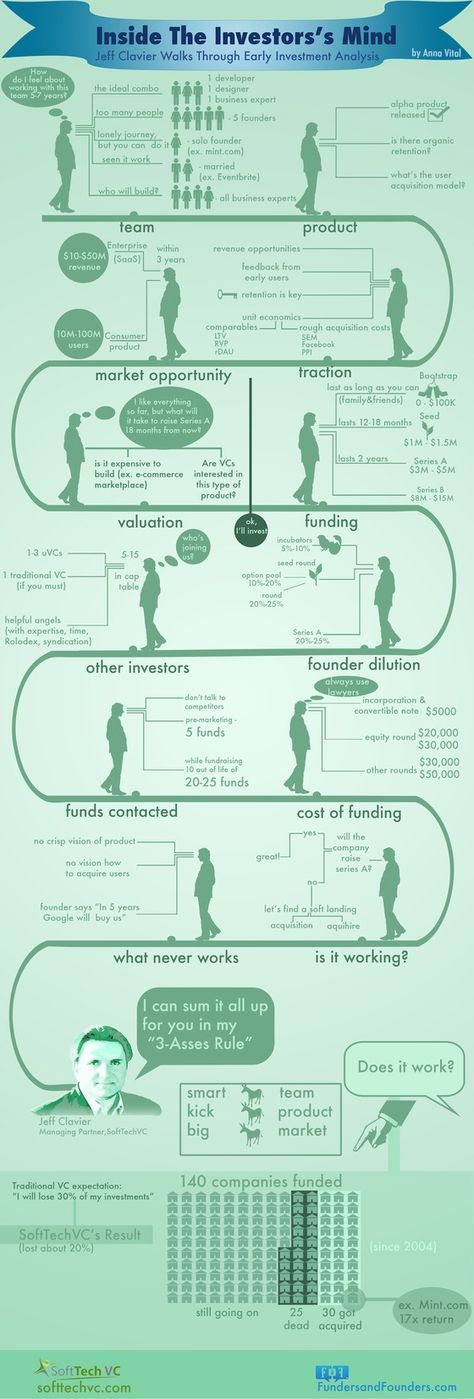 ), try not to change the child's abruptly formed habits.
), try not to change the child's abruptly formed habits.
One cannot bring many new things into his life at once. Of course, it can and should be diversified, but gradually, within the limits allowed by the age-related endurance of the child's nervous system.
In each individual case, you can get advice in the office of a healthy child of a children's clinic.
It is strictly forbidden to intimidate a child, deceive him or use physical punishment.
Sometimes you can hear how a mother, hurrying the baby, says “eat soon, otherwise I will give it to dad”. Such thoughtless words can form greed in the character of a child.
You can’t often blame him either: “how stupid you are”, “how stubborn you are”, “you don’t know how to do anything”, etc.
The child misbehaves.
Many parents get lost and don't know how to deal with the baby if he is naughty.
The most common technique that many people probably use is the method of distraction.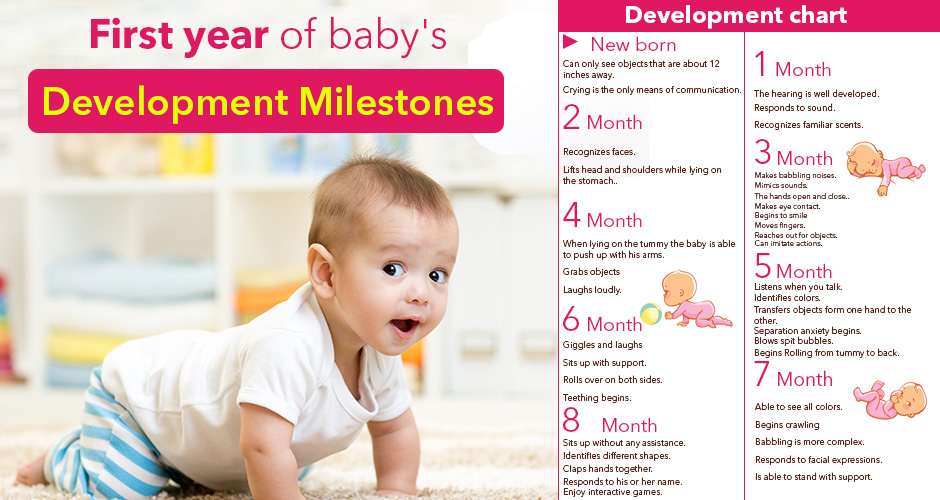 The smaller the child, the easier it is to divert his attention from the reasons that caused crying, whims.
The smaller the child, the easier it is to divert his attention from the reasons that caused crying, whims.
This helps to calm the baby, but does not bring up the right behavior. Therefore, at an older age, it is better to replace the method of distraction with persuasion, clarification or direct teaching.
What to do if a child cries: pity, punish or ignore his crying?
In this case, the choice of the method of education will depend on the cause of the tears, the establishment of the child's guilt and other circumstances.
Why and how should a child be punished?
There can be no definite answer here. In resolving this issue in each case, parents should be helped, prompted by their love for their baby, the desire to bring up the best qualities of character in him, to protect him from mistakes in the future.
If adults give enough attention and caress to the child, then "a stern look with normal caress" may be quite sufficient.